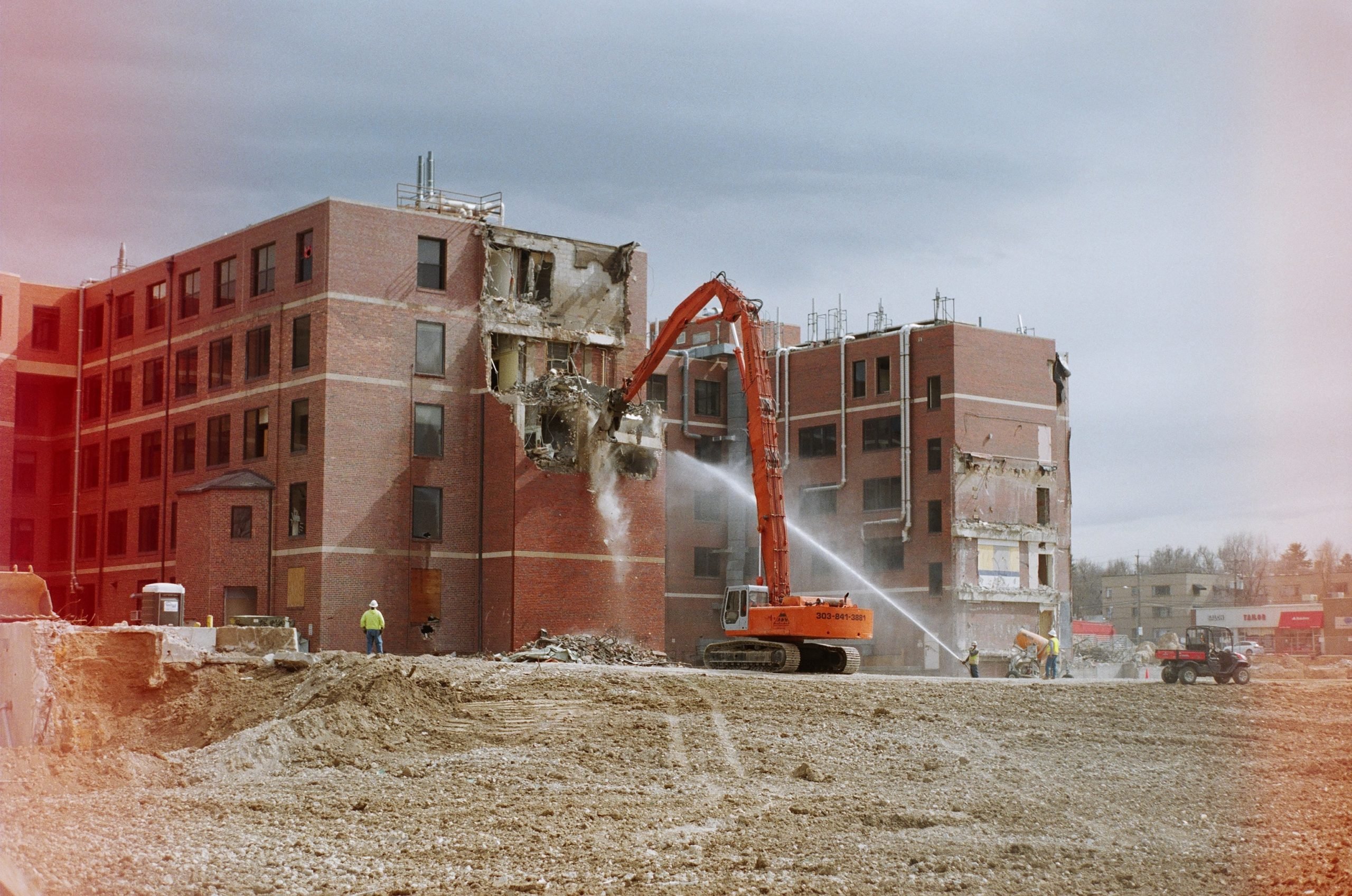Smart windows could reduce the need for energy-hungry air conditioners
Smart windows that control the amount of heat that enters or leaves a building can reduce the need for energy-intensive air conditioning units and help efforts to retrofit Europe’s buildings to make them more energy efficient. Roughly 75% of EU buildings are energy inefficient and countries now are looking to retrofit old buildings to prevent a … Read more






